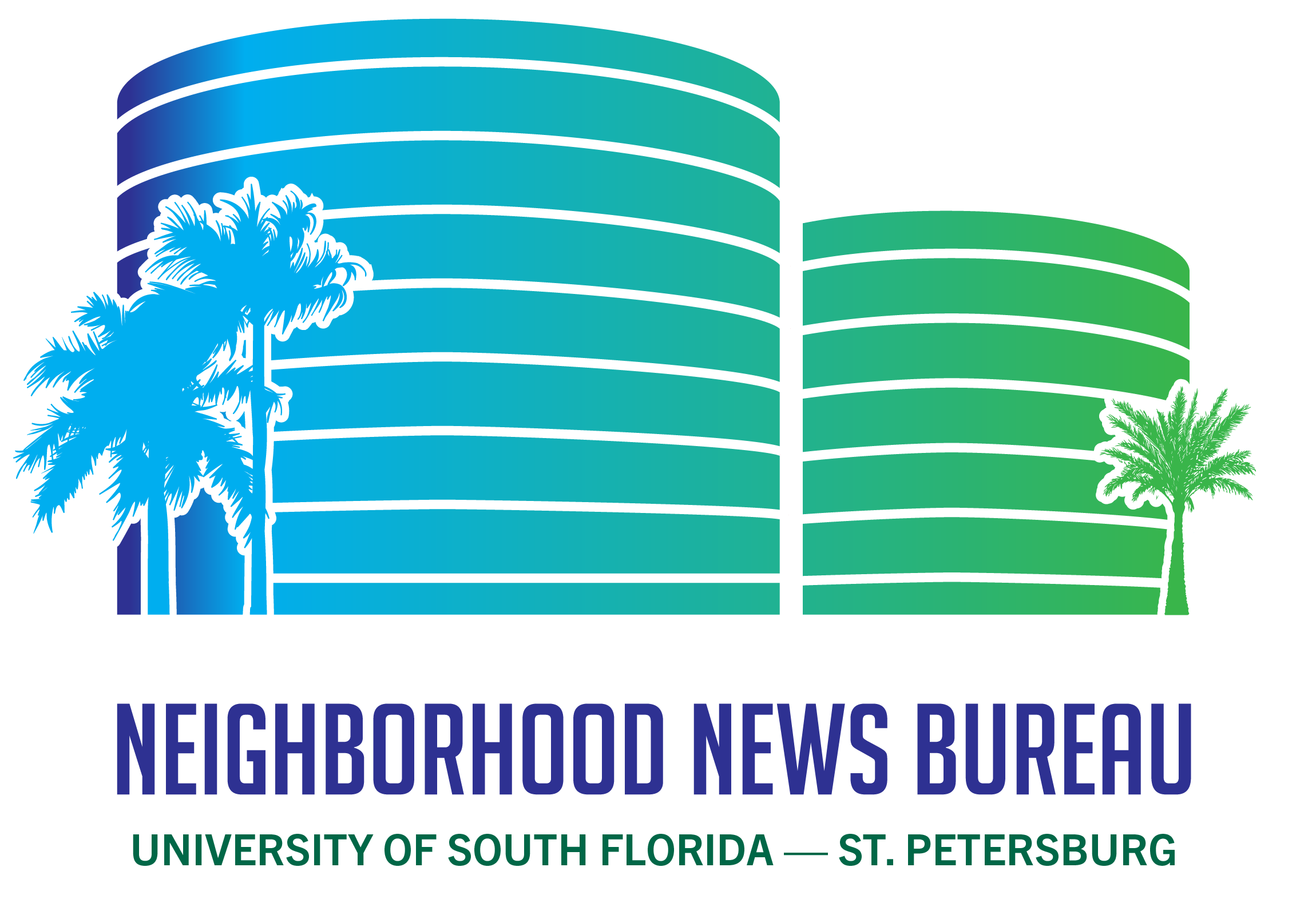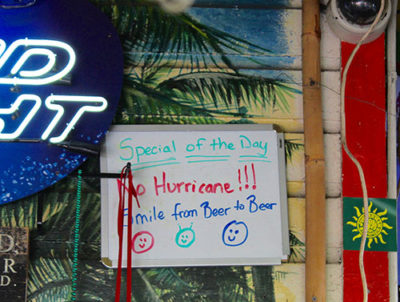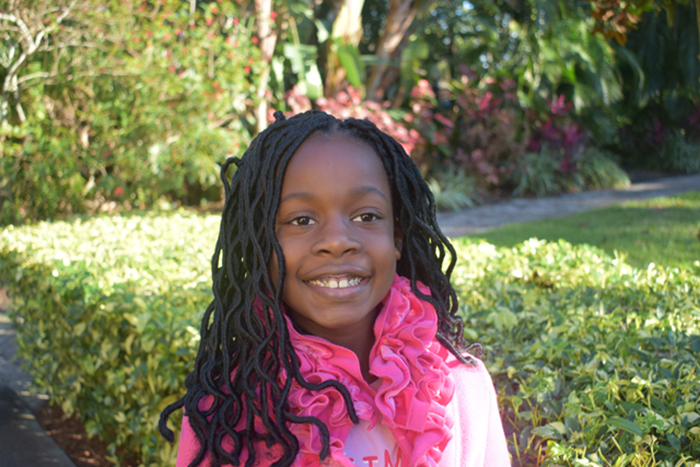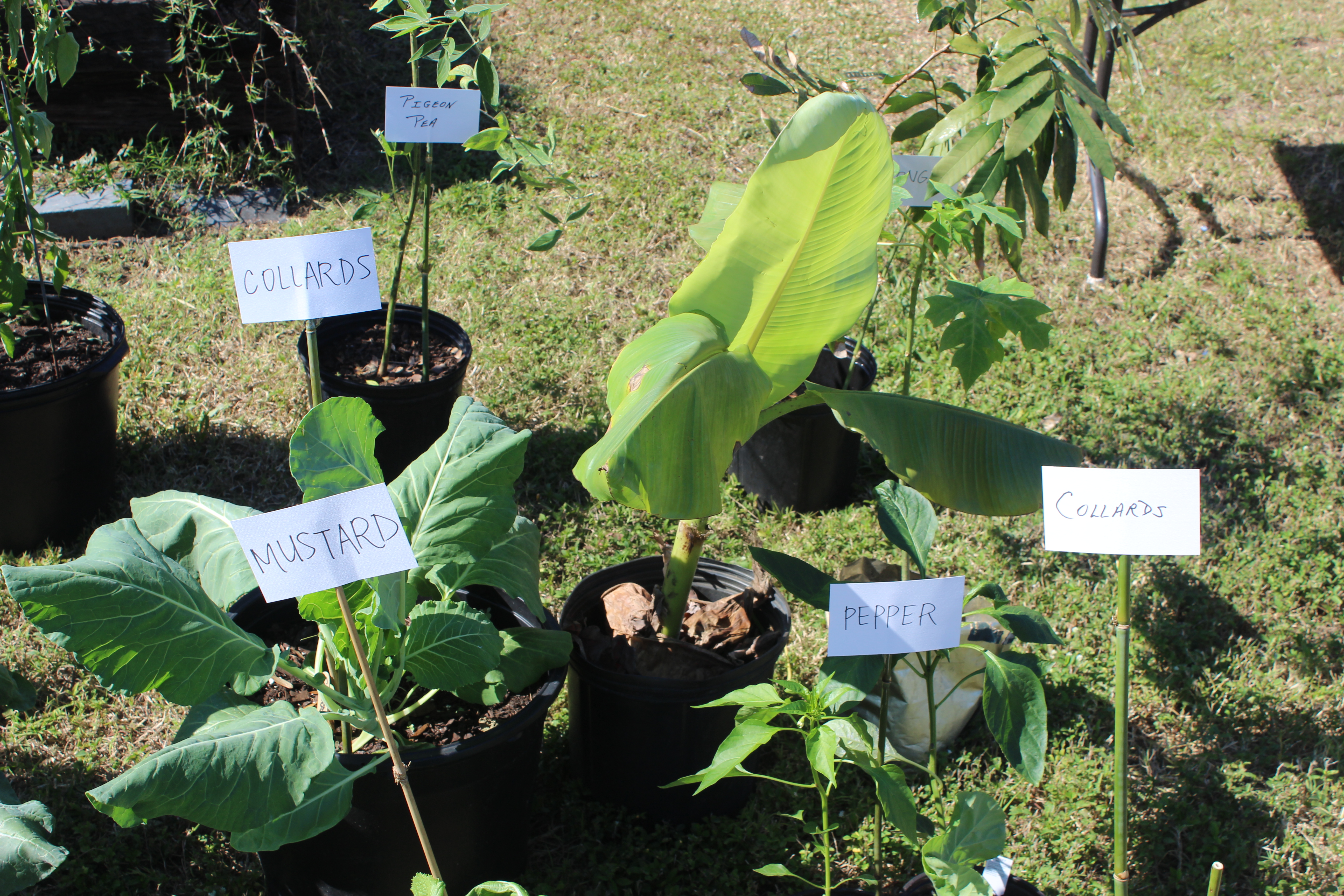Elections 2019 St. Petersburg’s City Council, Districts 5 and 7 The USFSP Master’s Program in Digital Journalism and Design (DJD) covered some
Read MoreCategory: Uncategorized
NNB showcases St. Petersburg’s black history during Story Days in Tampa Bay event
ST. PETERSBURG – The University of South Florida St. Petersburg’s Neighborhood News Bureau’s (NNB) is launching its new local black history project on Wednesday, October
Read MoreCommunity debriefing tackles heavy MLK Day police presence
BY: Haley Jordan (story) and Ambria Whalum (photos). ST. PETERSBURG – “At the end of the day, we have got to recognize in St. Petersburg,
Read MoreMLK Day Of Services Summary
BY: Haley Jordan, Corey Mapp and Kelli Carmack, Neighborhood News Bureau Martin Luther King Day brought the community of St. Petersburg together with a Day
Read MoreThrough her eyes: The MLK Candlelight Vigil Summary
By Kay-Kay Smith, Neighborhood News Bureau Kenadi Smith is a second grader who attends the annual Candlelight Vigil honoring Dr. Martin Luther King Jr. at
Read MoreHurricane Devastation Still Leaking For Midtown Residents
By Collin Gustafson Transcript: Collin Gustafson:This hurricane season Floridians dodged a bullet. Hurricane Irma screamed through the Caribbean islands in early September, strengthening to
Read MoreUrban Agriculture About More Than Just Resilience
By Michael Singer When Hurricane Irma was on a collision course with the mainland of the United States, Floridians were rushing to their local grocery
Read MoreWho’s Got the Power?: Duke Energy Struggles to Turn On St. Pete
By Eillin Delapaz Atlantic hurricanes have been the strongest and most destructive on record according to Weather Underground. Irma, the season’s second hurricane not only
Read MoreMt. Zion Community Marching Band
By Tamiracle Williams, Neighborhood News Bureau.
Read More



